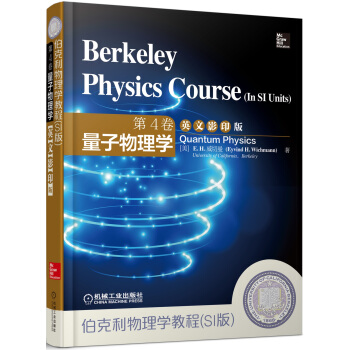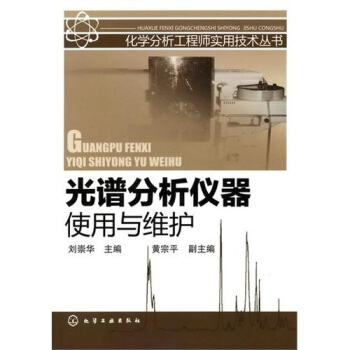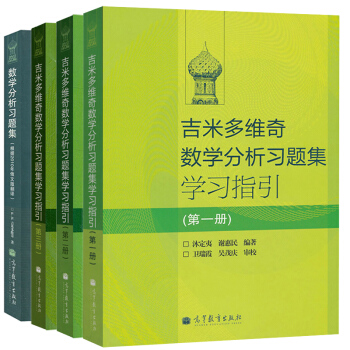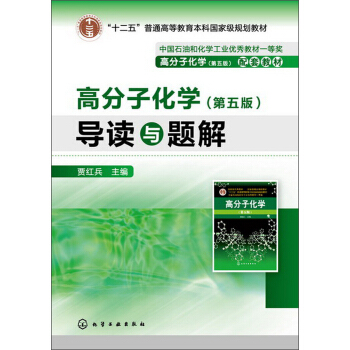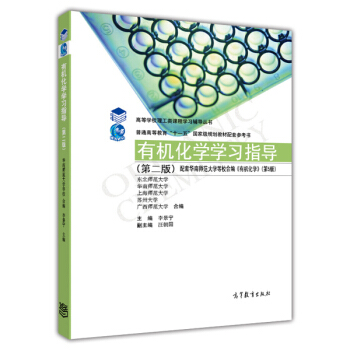![湍流 [Turbulent Flows]](https://pic.tinynews.org/10515950/4464d8a1-49e4-434a-ad7b-764700dad9be.jpg)

具体描述
内容简介
《湍流》是一部研究生湍流教程,是以作者在Cornell大学数年的教学讲义为基础,用新颖的观点,全面综合讲述湍流这一流体动力学的重要组成部分。全书的内容分为两个组成部分,并且附有大量的附录,一部分集中介绍湍流的基本知识,其工作原理,以及如何量化,也包括基本物理过程;第二部分介绍了跟湍流模型和模拟有关的各种方法;附录部分增加了理解《湍流》所必需的数学技巧。目次:(一部分)基础:导引;流体运动方程;湍流的统计描述;均值流动方程;自由剪切流;湍流运动尺度;壁流;(第二部分)模型和仿真:模型和仿真引入;直接数值模拟;湍流涡粘度模型;雷诺应力及其相关模型;PDF方法;大涡模拟;(第三部分)附录。读者对象:适用于工程运用物理专业研究生水平的学生,应用数学专业,物理,海洋学、大气科学等方向的科研人员。
作者简介
作者:(美国)波普(StephenB.Pope)内页插图
目录
List of tablesPreface
Nomenclature
PART ONE: FUNDAMENTALS
1 Introduction
1.1 The nature of turbulent flows
1.2 The study of turbulent flows
2 The equations of fluid motion
2.1 Continuum fluid properties
2.2 Eulerian and Lagrangian fields
2.3 The continuity equation
2.4 The momentum equation
2.5 The role of pressure
2.6 Conserved passive scalars
2.7 The vorticity equation
2.8 Rates of strain and rotation
2.9 Transformation properties
3 The statistical description of turbulent flows
3.1 The random nature of turbulence
3.2 Characterization of random variables
3.3 Examples of probability distributions
3.4 Joint random variables
3.5 Normal and joint-normal distributions
3.6 Random processes
3.7 Random fields
3.8 Probability and averaging
4 Mean-flow equations
4.1 Reynolds equations
4.2 Reynolds stresses
4.3 The mean scalar equation
4.4 Gradient-diffusion and turbulent-viscosity hypotheses
5 Free shear flows
5.1 The round jet: experimental observations
5.2 The round jet: mean momentum
5.3 The round jet: kinetic energy
5.4 Other self-similar flows
5.5 Further observations
6 The scales of turbulent motion
6.1 The energy cascade and Kolmogorov hypotheses
6.2 Structure functions
6.3 Two-point correlation
6.4 Fourier modes
6.5 Velocity spectra
6.6 The spectral view of the energy cascade
6.7 Limitations, shortcomings, and refinements
7 Wall flows
7.1 Channel flow
7.2 Pipe flow
7.3 Boundary layers
7.4 Turbulent structures
PART TWO: MODELLING AND SIMULATION
8 An introduction to modelling and simulation
8.1 The challenge
8.2 An overview of approaches
8.3 Criteria for appraising models
9 Direct numerical simulation
9.1 Homogeneous turbulence
9.2 Inhomogeneous flows
9.3 Discussion
10 Turbulent-viscosity models
10.1 The turbulent-viscosity hypothesis
10.2 Algebraic models
10.3 Turbulent-kinetic-energy models
10.4 The k-εmodel
10.5 Further turbulent-viscosity models
11 Reynolds-stress and related models
11.1 Introduction
11.2 The pressure-rate-of-strain tensor
11.3 Return-to-isotropy models
11.4 Rapid-distortion theory
11.5 Pressure-rate-of-strain models
11.6 Extension to inhomogeneous flows
11.7 Near-wall treatments
11.8 Elliptic relaxation models
11.9 Algebraic stress and nonlinear viscosity models
11.10 Discussion
12 PDF methods
12.1 The Eulerian PDF of velocity
12.2 The model velocity PDF equation
12.3 Langevin equations
12.4 Turbulent dispersion
12.5 The velocity-frequency joint PDF
12.6 The Lagrangian particle method
12.7 Extensions
12.8 Discussion
13 Large-eddy simulation
13.1 Introduction
13.2 Filtering
13.3 Filtered conservation equations
13.4 The Smagorinsky model
13.5 LES in wavenumber space
13.6 Further residual-stress models
13.7 Discussion
PART THREE: APPENDICES
Appendix .4 Cartesian tensors
A.1 Cartesian coordinates and vectors
A.2 The definition of Cartesian tensors
A.3 Tensor operations
A.4 The vector cross product
A.5 A summary of Cartesian-tensor suffix notation
Appendix B Properties of second-order tensors
Appendix C Dirac delta functions
C.1 The definition of δ(x)
C.2 Properties of rS(x)
C.3 Derivatives of rS(x)
C.4 Taylor series
C.5 The Heaviside function
C.6 Multiple dimensions
Appendix D Fourier transforms
Appendix E Spectral representation of stationary random processes
E.1 Fourier series
E.2 Periodic random processes
E.3 Non-periodic random processes
E.4 Derivatives of the-process
Appenthix F The discrete Fourier transform
Appendix G Power-law spectra
Appendix H Derivation of Eulerian PDF equations
Appendix I Characteristic functions
Appendix J Diffusion processes
Bibliography
Author index
Subject index
前言/序言
This book is primarily intended as a graduate text on turbulent flows forengineering students,but it may also be valuable to students in atmosphericsciences,applied mathematics,and physics,as well as to researchers andpracticing engineers.The principal questions addressed are the following.
(i) how do turbulent flows behave?
(ii)HOW can they be described quantitativelv?
(iii)What are the fundamental physical processes involved?
(iv)HOW can equations be constructed to simulate or model the behaviorof turbulent flows?In 1 972 Tennekes and Lumley produced a textbook that admirably ad. dresses the first three of these questions .In the intervening years. due inpart to advances in computing,great strides have been made toward pro-viding answers to the fourth question. Approaches such as Reynolds-stressmodelling,probability-density-function(PDF)methods,and large-eddy sim-ulation(LES)have been developed that,to an extent,provide quantitativemodels for turbulent flows.Accordingly,here(in Part II)an emphasis isplaced on understanding how model equations can be constructed to de.scribe turbulent flows:and this objective provides focus to the first threequestions mentioned above(which are addressed in Part I).However,incontrast to the book by Wilcox f1993),this text iS not intended to be apractical guide to turbulence modelling.Rather,it explains the concepts anddevelops the mathematical tools that underlie a broad range of approaches.There iS a vast literature on turbulence and turbulent flows,with manyworthwhile questions addressed by many difierent approaches.
用户评价
说实话,我最怕的就是那种上来就摆一堆公式、定理,让人望而却步的书。《湍流》这本书的开篇,倒是让我眼前一亮。作者似乎很有意识地想搭建一个桥梁,将那些晦涩难懂的概念,用更具象化的语言和例子来解释。我特别喜欢书里对一些日常现象的类比,比如描述液体在水龙头流出时的不规则运动,或者空气在高速行驶的汽车周围形成的漩涡,这些生动的画面感,一下子就拉近了我与“湍流”这个概念的距离。虽然我无法深入理解每一个数学推导的细节,但通过这些形象的比喻,我似乎能感受到湍流那种“无序中有序”的奇妙特质,以及它在自然界和工程技术中无处不在的重要性。这本书的叙述风格,更像是一位经验丰富的老师,耐心细致地引导着学生,一步步揭开神秘的面纱,而不是冷冰冰地展示数据和结论。
评分刚拿到《湍流》这本书,我其实是带着点忐忑的。毕竟“湍流”这个词本身就透着一股子难以捉摸的劲儿,感觉像是科学界里一个神秘的黑洞,充满了复杂的数学方程和难以理解的物理现象。我一直对那些能够穿透迷雾,将复杂问题简单化的书籍抱有极大的期待,而这本书的标题无疑是直击我内心最深处的痒点。封面设计倒是相当简洁,没有任何花哨的图饰,一本正经地摆在那里,仿佛在邀请读者深入探索。翻开扉页,一股淡淡的纸墨香扑鼻而来,这种触感和气味,总是能让人感受到一种沉甸甸的知识分量。我迫不及待地想看看,这本书是否能像它的名字一样,将那股“湍流”的力量,用一种清晰易懂的方式展现出来,让我这个非专业读者也能窥见其堂奥,领略其中蕴含的科学之美。我希望这本书不仅仅是学术研究者的工具书,更能成为像我一样,对世界充满好奇的普通人的引路人。
评分拿到《湍流》这本书,我带着一种期待,希望它能为我打开一扇新的理解世界的大门。阅读的过程中,我被书中对湍流现象的深入剖析所吸引。虽然我不是流体力学领域的专业人士,但作者巧妙的叙事方式,将复杂的概念转化为易于理解的语言,让我得以窥见这个领域的精髓。书中关于湍流的尺度、能量耗散以及统计规律的讨论,都让我对这个看似混乱的现象有了更深的认识。我特别被书中对湍流研究的挑战性和重要性的强调所打动,这让我看到了科学探索的艰辛与伟大。这本书让我感受到,即使是看似杂乱无章的现象,背后也可能隐藏着深刻的数学规律和物理原理。它不仅是一本知识的传递,更是一种思维方式的启发,让我对未知保持敬畏,对科学探索充满热情。
评分我个人一直对工程领域里的应用性知识很感兴趣,《湍流》这本书在这方面的篇幅,让我觉得非常实用。书中提到湍流在航空航天、天气预报、能源输送等领域的关键作用,这些都让我看到了理论研究如何与实际生活紧密相连。比如,理解飞机机翼表面的空气流动,或者预测台风的路径,都离不开对湍流的深入研究。虽然书中提供的计算方法和模型对我来说可能过于专业,但我依然能从中体会到科学家和工程师们是如何利用这些知识来解决实际问题的。这本书就像是一扇窗户,让我得以窥见那些支撑现代科技进步的幕后力量。我尤其欣赏作者在介绍相关应用时,并没有一味地堆砌技术细节,而是侧重于解释其背后的原理和意义,这使得内容更加引人入胜。
评分我一直对物理学中那些看似矛盾却又统一的现象特别着迷,而“湍流”无疑是其中最典型的代表之一。它既有随机性和不可预测性,又在宏观尺度上遵循着某些规律。这本书在这一点上的阐述,给我留下了深刻的印象。作者并没有回避湍流的复杂性,而是巧妙地将这种复杂性与它背后隐藏的数学模型联系起来。我虽然不是数学专业出身,但在阅读过程中,我能感受到作者努力在“严谨”和“易懂”之间找到一个平衡点。他通过一些关键性的理论介绍,让我们了解湍流研究的难点和发展历程,以及科学家们为此付出的不懈努力。这本书让我认识到,湍流不仅仅是“混乱”,而是一种更加深刻的、涉及多尺度相互作用的复杂现象,理解它,对于我们认识宇宙的许多奥秘都至关重要。
评分书价格实惠。京东图书给力
评分书是好书,物流也快。接下来就是我的事了,这书得花大力气啃。
评分内容不错,印刷也好,字大!
评分时间要好生利用,它是驷马难追,
评分东西不错,阴影版比原版便宜太多了!
评分学流体的必备数目,介绍的很深,详细,明了。适合通读和随时查阅。
评分不错不错不错不错不错
评分老师推荐的图书,值得购买。这是一本比较基础友好的图书
评分书质量不错,物流迅速!
相关图书
本站所有内容均为互联网搜索引擎提供的公开搜索信息,本站不存储任何数据与内容,任何内容与数据均与本站无关,如有需要请联系相关搜索引擎包括但不限于百度,google,bing,sogou 等
© 2025 book.tinynews.org All Rights Reserved. 静思书屋 版权所有



![通俗天文学(精装版) [Astronomy for everybody] pdf epub mobi 电子书 下载](https://pic.tinynews.org/11883235/56e77c64N39211c1f.jpg)
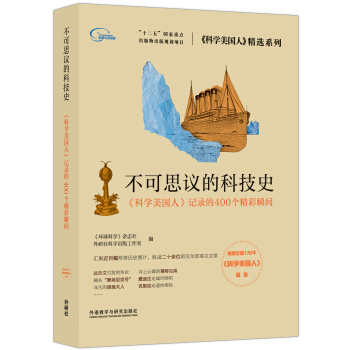

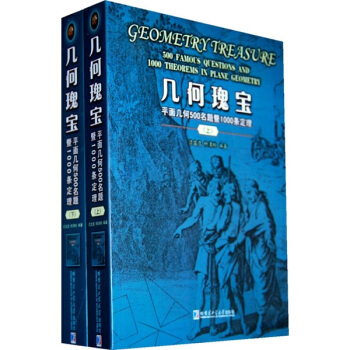

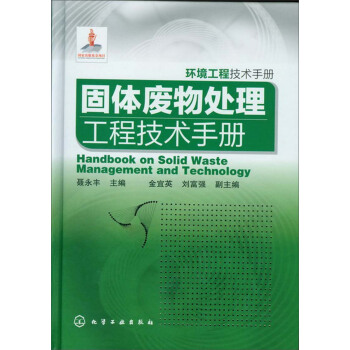
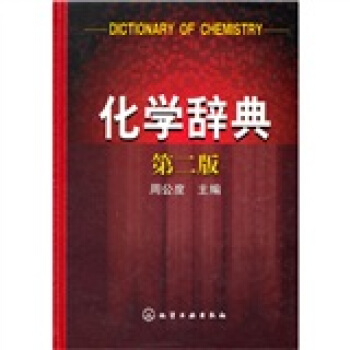
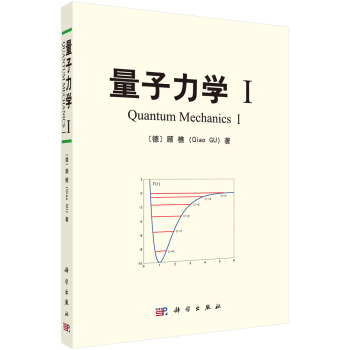
![工开万物:17世纪中国的知识与技术 [The Crafting of the 10000 things] pdf epub mobi 电子书 下载](https://pic.tinynews.org/11821415/565bb4b1N97e4734d.jpg)
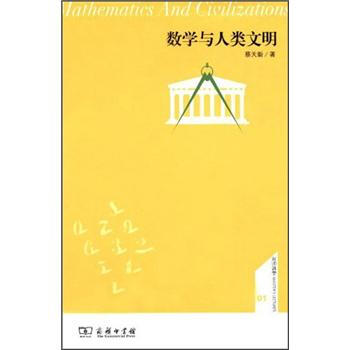
![凝聚态物理学(上卷) [Condensed Matter Physics (Voume 1)] pdf epub mobi 电子书 下载](https://pic.tinynews.org/11349879/564150dfNdeeb618b.jpg)
